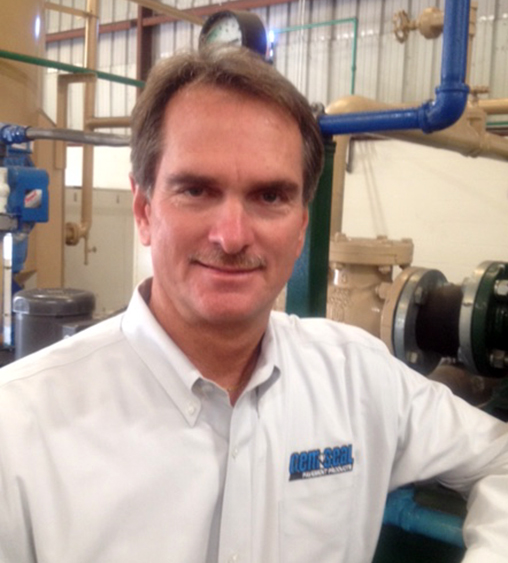 Differentiating your sealcoating business begins in the sales process. That’s because most property managers are seeking your expertise. While some understand sealcoating is an important part of pavement maintenance, many still have misconceptions about what sealcoating can and cannot do. That is where you come in.
Differentiating your sealcoating business begins in the sales process. That’s because most property managers are seeking your expertise. While some understand sealcoating is an important part of pavement maintenance, many still have misconceptions about what sealcoating can and cannot do. That is where you come in.
Set the Expectation
Make sure your customer knows the purpose of sealcoating. Simply put, pavement sealer helps extend the life of asphalt pavements that are in good condition compared with those left exposed to environmental elements and petroleum fluids. It can also fill hairline cracks; but, it is not a substitute for crack sealant. It cannot restore a worn out pavement or cure defects in the base, sub-base, or mix design.
Specify the Right Product
Most property managers do not understand the differences of various sealers and their advantages or limitations. Explain the pros and cons of refined tar sealer, asphalt emulsion, or petroleum emulsion and make a recommendation on which is best suited for the job. There are also premium versions of each type. Worth noting is that while premium grades cost more up front, they are more cost-effective in the long term because they can reduce the frequency of applications, minimize disruptions, and lower maintenance cost over the life of the pavement.
Educate on Mix Design
Start by explaining that a particular sealer type is used to address a specific condition of pavement. The mix design of that particular sealer type affects its performance. Mix design does not vary widely among refined tar sealers that meet the federal spec. But, among asphalt-based sealers, each has its own mix design with regard to water dilution, additives, amount to be used, and sand loading. Make sure your customer understands the sealer type and mix design you are recommending and present him or her with a copy of the manufacturer’s specification.
Review Proper Application
Timing is critical. Pavements should be sealed one to three years after construction. Thereafter, the process should repeat when asphalt is re-exposed. Sealing too early creates higher probability of surface cracking. Weather is also a big factor; explain the ideal conditions when scheduling. Review the pros and cons of your equipment and the application process. Two coats of sealer are standard and recommended for an effective seal. After application, sealer requires time to set, dry, and cure. A parking lot can re-open after the initial cure, usually within 24 hours. But, wheel scarring and residual odor may not disappear until the final cure, usually within three to four weeks.
Address Post-Job FAQs
Be sure your customers know what to expect after you complete every job. For example, address minor wheel scarring and sand accumulation in low-lying spots. Explain clearly the potential consequences if cure time is not followed. Ultimately, it is important that you and the end user have equal and clear understanding of expectations in order to avoid unneeded conflict. If you always keep it professional with clear facts, you can be recognized as the expert, which results in more work and business growth.


 Chris Mariani /
Jun 25 , 2020
Chris Mariani /
Jun 25 , 2020 


